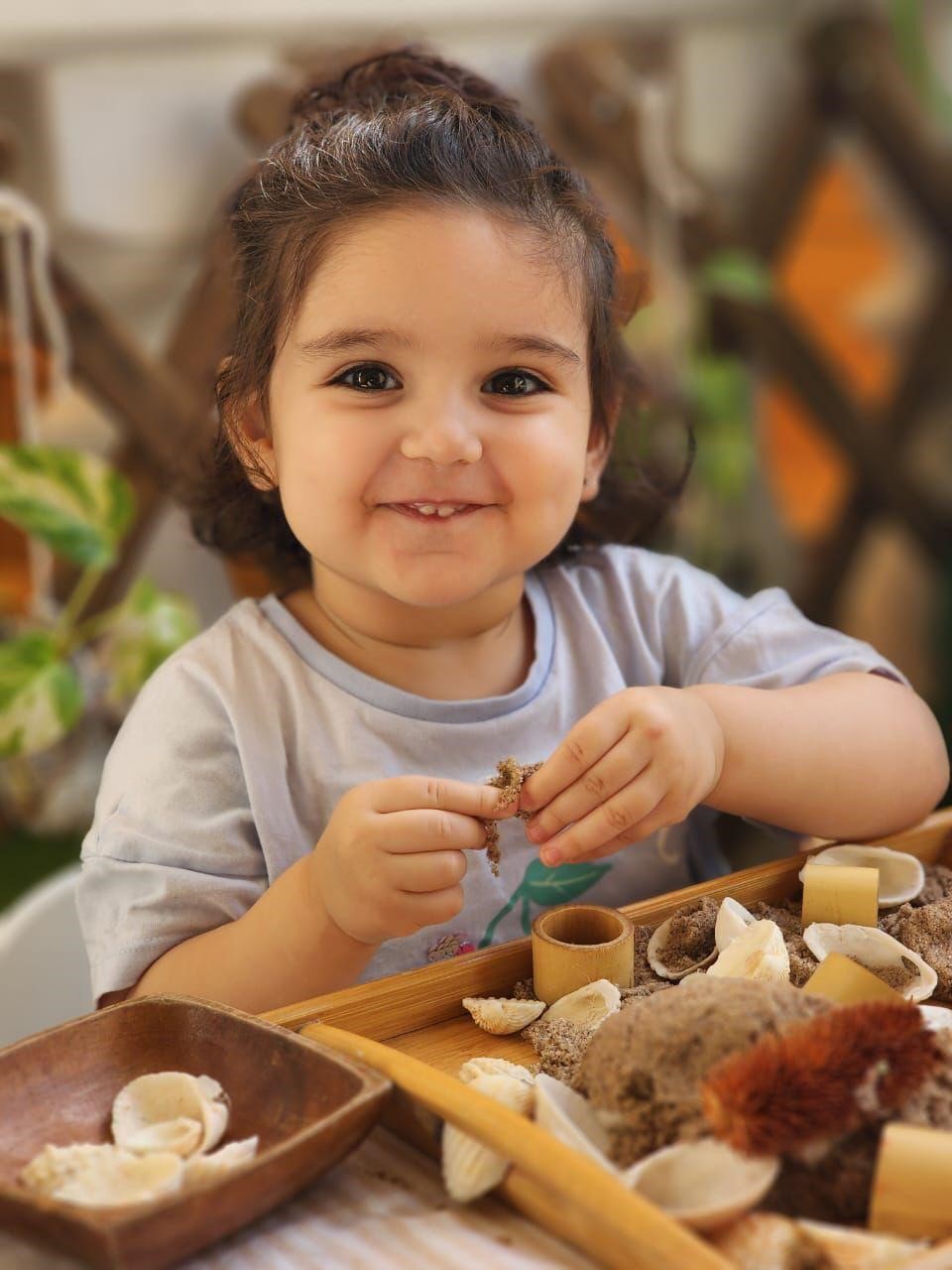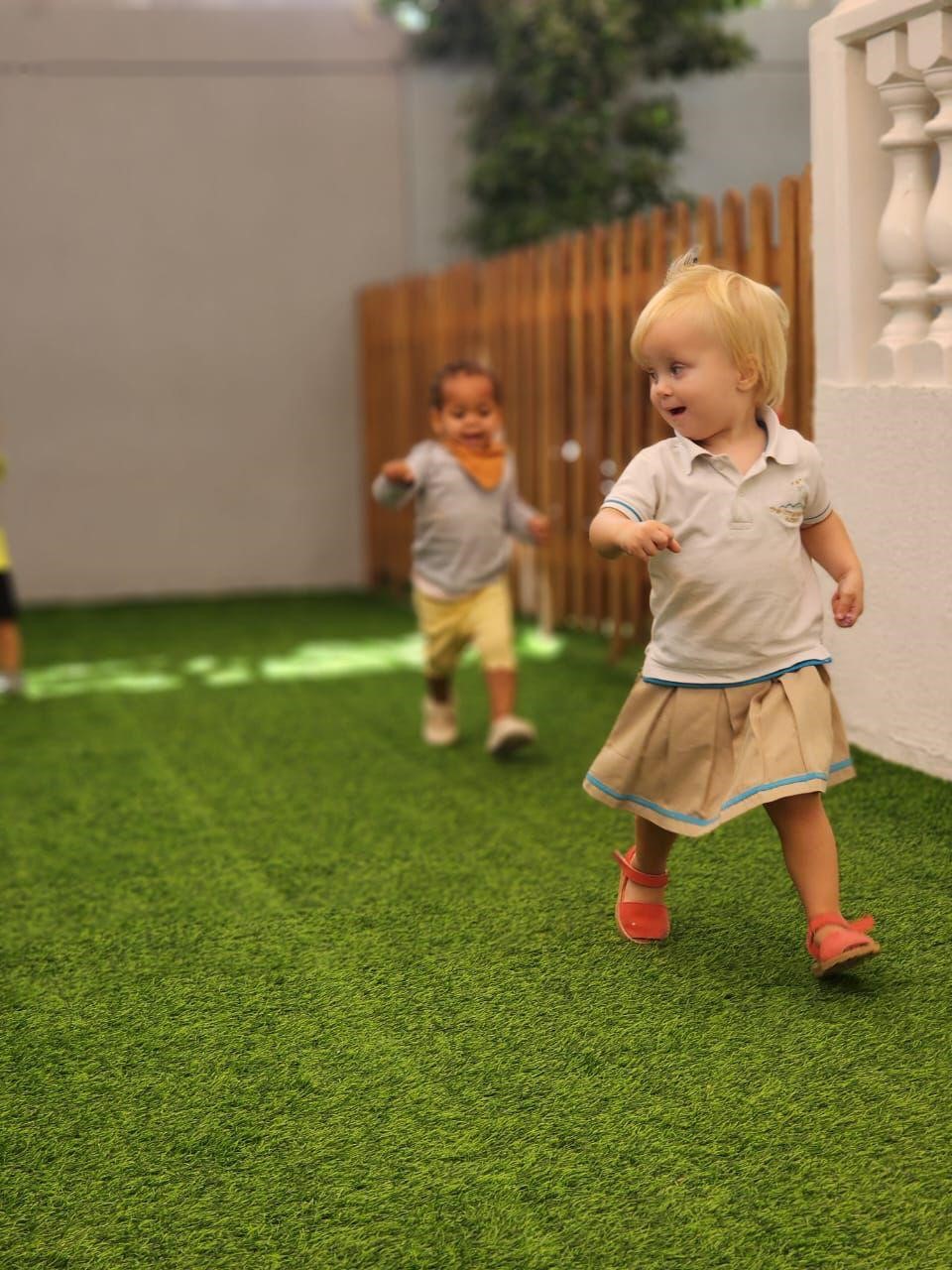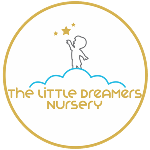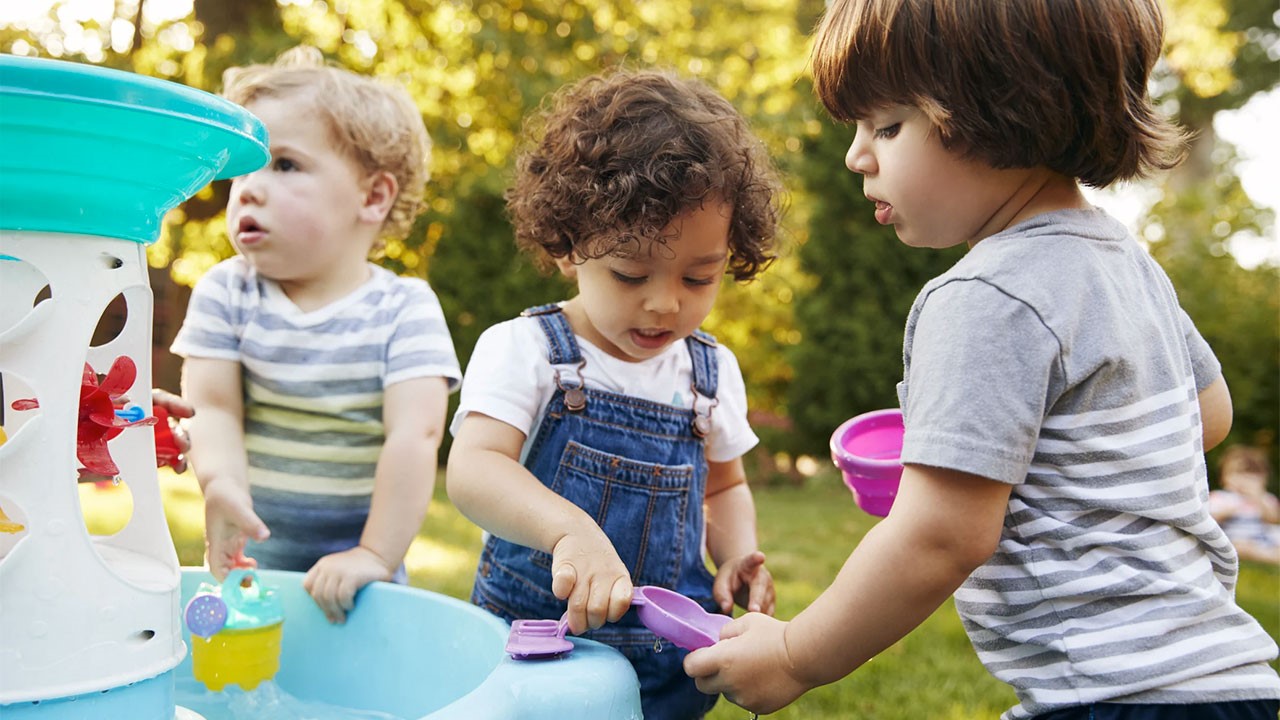Babies have a way of capturing our hearts with their wide-eyed stares, often locking eyes with parents, gazing at strangers, or fixating on objects. If you’ve ever wondered, “Why do babies stare so much?”, you’re not alone!
Staring is a natural and important part of infant development, as it helps babies learn about the world around them. Their curious gaze is more than just random behavior—it plays a crucial role in their cognitive, visual, and social development. In this article, we’ll explore the reasons behind a baby’s stare, the science behind their visual focus, and how parents can turn these moments into bonding and learning experiences.
Why Do Babies Stare?
Newborns are born with limited vision and spend their first few months adjusting to the world. Their staring habits stem from their natural curiosity, sensory development, and brain growth.
Here are some common reasons why babies stare:
- Fascination with faces – Babies are naturally drawn to faces, especially those of their caregivers.
- High contrast attraction – Black-and-white patterns or bold colors easily capture their attention.
- Curiosity about movement – Babies love watching things that move, such as ceiling fans or pets.
- Processing new information – Since everything is new to them, they take time to absorb their surroundings.
- Bonding with parents – Making eye contact helps babies connect emotionally with their caregivers.
Staring is a sign that a baby is actively learning and developing their cognitive and sensory skills.
The Science Behind Infant Staring
- Baby Eyesight: A Work in Progress
At birth, a baby’s vision is blurry, and they can only see objects 8–12 inches away—roughly the distance from a caregiver’s face during feeding.
By 2 months, babies begin focusing better and tracking objects with their eyes. Around 3–4 months, they start recognizing familiar faces and responding to expressions.
- Cognitive Development and Curiosity
A baby’s brain is growing rapidly, forming new neural connections as they take in shapes, colors, and patterns. When a baby stares, they are essentially processing information and making sense of their environment.
- Babies Are Attracted to Faces
Studies show that newborns prefer looking at human faces over other objects. This preference helps them:
- Recognize their caregivers
- Learn about facial expressions and emotions
- Begin developing early social skills
- Sensory Processing and Visual Stimulation
Babies rely on their senses to explore the world. Their stares may indicate that they’re:
- Drawn to bright lights or moving objects (e.g., ceiling fans, mobile toys).
- Observing patterns like stripes or polka dots.
- Fascinated by reflections (e.g., mirrors or shiny surfaces).
- Bonding and Emotional Connection
Eye contact is a key part of bonding. When a baby stares into their parent’s eyes, it triggers the release of oxytocin, often called the “love hormone,” which strengthens emotional attachment.

How to Engage with Your Baby During These Moments
Since staring is a sign of active learning, parents can make the most of these moments by engaging in stimulating and interactive activities.
- Talk and Make Eye Contact
When your baby stares at you, talk, smile, and make facial expressions. This helps them:
✔ Learn to recognize your voice
✔ Understand emotions
✔ Develop social skills
- Show High-Contrast Images
Babies love bold patterns! Use:
- Black-and-white books
- Striped or polka-dotted toys
- High-contrast flashcards
- Introduce Movement
Since babies are drawn to motion, try:
- Gently waving a toy in front of them
- Blowing bubbles
- Playing with a baby-safe mirror
- Sing and Make Sounds
Babies enjoy rhythmic sounds. Sing lullabies, play gentle music, or make silly noises to keep their attention.
- Encourage Tummy Time
Tummy time helps babies develop neck and eye coordination while allowing them to observe their surroundings. Place colorful toys within their line of sight to encourage engagement.
Final Thoughts: Cherish the Stares—They’re a Sign of Growth
If your baby stares at you or the world around them, take it as a sign of healthy development and curiosity. These moments are opportunities for bonding, learning, and sensory exploration.
📌 Try This: The next time your baby stares, engage with them by making eye contact, talking, or showing them new objects. These small interactions help shape their early cognitive and social skills!
For more insights into infant growth and milestones, check out:
🔗 Milestones to Watch: Your Baby’s Developmental Journey from 0–3 Years








